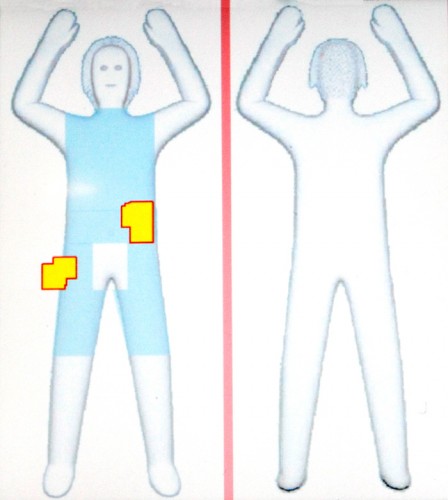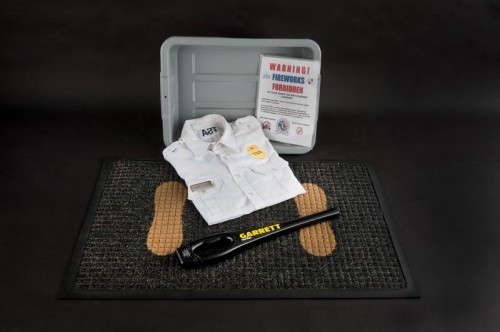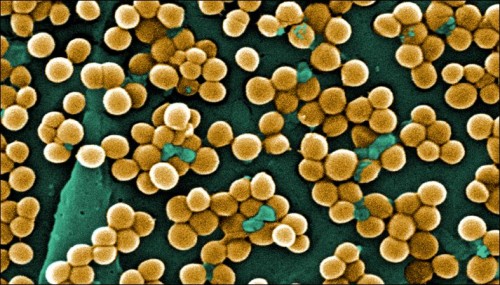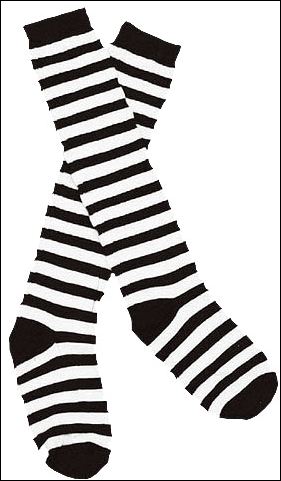
As the 10th anniversary of the 9/11 tragedy rolls around, many travelers are thinking back to where they were that day and what they were doing as the horrific details began to emerge. Some are recounting their blessings, remembering how close they came to being part of the carnage.
Count me among them.
In the summer of 2001, I was on the road promoting my guide book, Stuck at the Airport, which detailed services and amenities at the many of the nation’s airports. (Modern versions of those guides are now online at USATODAY.com) Airport shops offering massages or manicures were a rare find back then; an airport with a website was even rarer.
I got a call from a woman at the Port Authority of New York & New Jersey, the operator of LaGuardia, JFK and Newark airports. She invited me to visit her office at the World Trade Center and chat with her staff about how airports could be more welcoming. “We can’t pay you to come out here from Seattle,” she said, “But if you’re in town anyway and can come by, we’ll take you out for a nice meal.”
That seemed like a good excuse to visit family back east. So we picked a date: September 12. My thank-you meal would be at Windows on the World, the restaurant at the top of the North Tower.
Then and now
Since then, as you well know, pretty much everything about the airport experience has changed.
Before 9/11, my airport review ritual went like this: I’d fly into an airport, stash my belongings in a gate-side locker (remember those?), and spend several hours walking from concourse to concourse, terminal to terminal, asking questions, taking pictures and making detailed notes.
On a cheap weekend fare I’d often fly in and out of an airport (or two) on the same day, taking advantage of the long layovers other travelers despise.
I visited more than 100 airports this way, many of them multiple times, and only once – in July, 1999 in Memphis – was I ever stopped by someone from airport security and questioned about what I was doing.
More often than not, it was other travelers who noticed my note-taking and assumed I worked for the airport. They’d stop me to ask for directions and tips on where to shop or find something to eat.
I not only took notes about what was offered inside airports, I made note of what people did in the airports.
Read. Sleep. Chat. Try to get some work done. Eat. Drink. Talk on the telephone. The same as now, but without all the cell phones, laptops and searching around for an electrical outlet.
Back then there were a lot of small children squealing “There’s daddy!” as tired-looking businessmen streamed off planes. And plenty of grandmas and grandpas rushing to plant wet kisses on squirmy babies they may have been meeting for the first time. There were waves of teary goodbyes and joyous reunions at the gates. And thinking back now, I realize the last time I saw my father smile at me before his final illness was at an airport, while we chatted as I waited to board a delayed flight.
Now it’s all grumbling about the Wi-Fi signal and jostling for a good spot so you can board the plane first and find a place to stash your carry-on bag. No last minute kisses, hugs and good wishes as the door to the jet way is about to close. No waves and tears at the window as a plane backs away.
I miss that.
But, setting aside for a moment the long lines, x-ray machines, body scanners and icky, intrusive pat-downs we must now endure at the security checkpoints, the post 9/11 world of airports has some upsides.
Recognizing that passengers were spending lots more time inside airports – and needing to diversify income sources once cash-strapped airlines began balking at footing the bills – airports began bulking up on services and amenities in the terminals.
Now, kiosks offering manicures and massages are no longer rare sightings at airports. Many terminals have wine bars, sports bars and fine restaurants where you can settle in and really relax. The selection of shops at some airports now rivals those offered at neighborhood malls and, with medical clinics, hair salons, pharmacies, convenience stores, play areas, art galleries and – hooray – free Wi-Fi, popping up along many airport concourses, it’s getting easier and easier to get distracted and miss a flight.
I’ve done that; more than twice.
But, as pleasant as it may be to have fun while being stuck at the airport, the sobering reality is that some of these amenities were ushered along in response to tragedy. And while I’m all for safety and security in the skies, I’m still mourning the loss of that one airport amenity that allowed for a last hug from a loved one before stepping onto a plane.
What pre-9/11 airport experience are you missing?
(This article originally appeared on USATODAY.com as my September, 2011 At the Airport column.)




